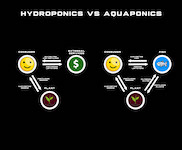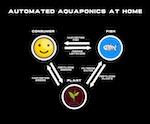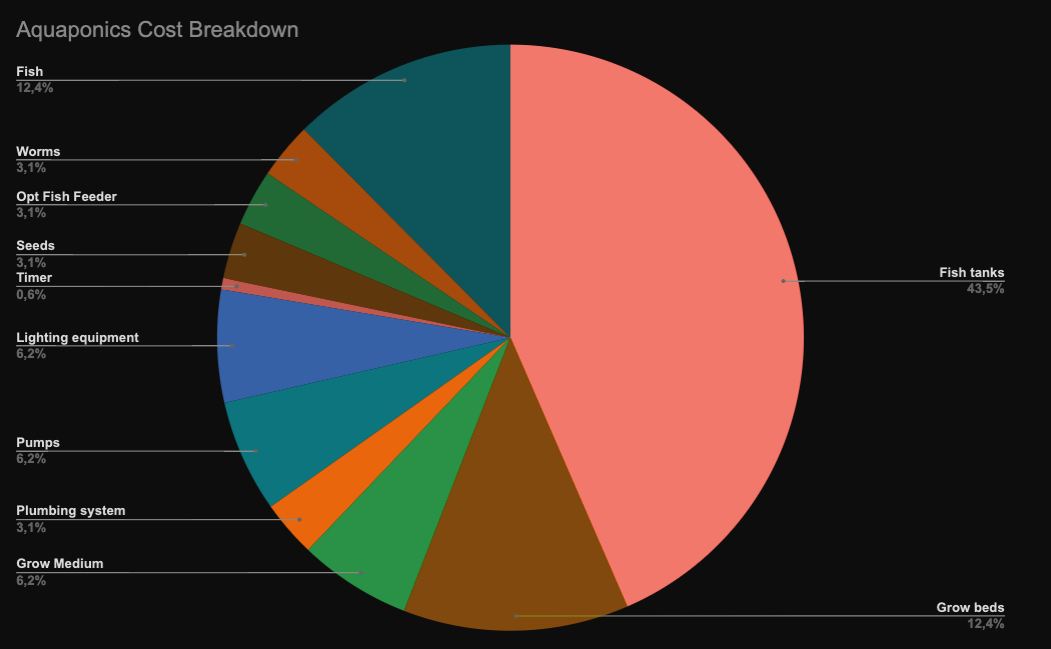
Cost Analysis of Setting Up Aquaponics
We all love numbers so here you go. Conducting the cost analysis for an aquaponics system is key to understanding the investment necessary for long-term profits. Analyzing the expenses and their ROI allows one to gauge the financial feasibility of this sustainable farming method.
A table below shows the cost analysis of setting up aquaponics:
|
Expense Category |
Cost ($) |
|
Fish tanks |
700 |
|
Grow beds |
200 |
|
Grow Medium |
100 |
|
Plumbing system |
50 |
|
Pumps |
100 |
|
Lighting equipment |
100 |
|
Timer |
10 |
|
Seeds |
50 |
|
Opt Fish Feeder |
50 |
|
Worms |
50 |
|
Fish |
200 |
|
Total |
$1,610 |
This detailed breakdown lists the components and associated costs for aquaponics setup. It includes fish tanks, grow beds, plumbing, pumps, lighting, seeds, and fish. The initial investment for these items = $1,610.
Also, operational costs such as feed, electricity, water, maintenance, and labor must be taken into account. These regular expenses help maximize profits and ensure the system works well.
Pro Tip: When calculating aquaponics setup costs, assess the quality of the equipment carefully. High-quality components may cost more initially, but can lead to higher ROI in the long run because of less failure. If you are on a tight budget I would heavily advise you to buy second hand and give old items a new life. Especially fish tanks and fish can be bought for a fraction of the new price, sometimes even for free from places like facebook marketplaces or craigslist.
Profitability Explained
By analyzing the financials, one can understand the profitability of aquaponics. This sustainable farming system combines aquaculture and hydroponics. Therefore, it uses resources efficiently, reducing costs and maximizing yields for you and the planet.
Investment Costs: $1,610 for initial setup.
Operating Costs: $500 per month for labor and maintenance equals $6000 per year. I have calculated very generously because fish feeders and automated filter beds do almost all the work and the main expense: fish feed can partially be replaced with feeding leftovers, upcycling organic waste with black soldier fly larvae and growing algae for omega 3.
Revenue Generation: $9,000 per year through chemical free produce.
The price you would pay for truly organic fish and plants can’t be measured but lets calculate with regular food prices.
So let's say you have an IBC Tank with 275 Gallon, want to maximize your profit and do everything right.
A german breeder gave me numbers of 200 kg(440 pounds) of catfish per 1000 liters(264 gallon) per year.
440 pounds of catfish = $4400 at a price of $10 per pound
Calculating the plants is a little tricky. Depending on what you grow the amounts of harvest but also the price can vary massively.
For maximum profit growing cannabis can return your investment after the first harvest (but cannabis doesn’t work with catfish).
Herbs grow very well with catfish because the carnivore diet is rich in nitrogen which is great for leaf growth.
Per year you should be able to at least grow 50 pounds of different herbs. For simplicity let's calculate with mint.
0.5 oz of Mint cost $2.99.
0.5 oz = 0.03125 lbs
50 lbs / 0.03125 lbs = 1600 * $2.99 = $4784
Real World Math
Unfortunately the real world doesn’t work like that. Fish keeping and caring for plants is a journey that you and your fish go together hand in hand. As the fish grow and eat more, the bacteria that transform harmful ammonia into safe nitrate, grow with them as well as the plants. Once this complex ecosystem is established and you’ve gained more experience over time you can expect those numbers that I’ve calculated with. Nevertheless you can expect a return on investment in 1 to 2 years.
The closed-loop system reduces environmental impacts, conserves water and eliminates the need for fertilizers or pesticides. It supports local biodiversity and addresses the issue of overfishing.
The FAO conducted a study, which reveals 90% of marine fish stocks are either fully exploited or overexploited. This necessitates alternative solutions, such as aquaponics. Aquaponics is where fish and vegetables learn to coexist, forming a delicious ecosystem and we are part of it.
Difference between Home Aquaponics and Fish Farms
Aquaponics is unlike fish farms, allowing decentralization and optimizing waste recycling. There's a comparison table showing the differences between home aquaponics and fish farms: transparency, chemical-free practices, leftover feeding system, and resource burden.
|
Factors |
Home Aquaponics |
Fish Farms |
|
Transparence |
High |
Low |
|
Chemical-free |
Yes |
No |
|
Leftover Feeding |
Utilized |
Wasted |
|
Resource Burden |
Lesser |
Higher |
|
Transport |
Local |
Across the World |
|
Polluted Runoffs |
No |
Into the Ecosystem |
|
Single Use Plastic |
No |
Yes |
|
By Catch Fish Feed |
Yes but only Partially |
Yes |
Plus, home aquaponics systems don't need wild fish for breeding. Individuals can grow food in a controlled environment and still keep the natural balance of an ecosystem.
Learn to build your own automated aquaponics system at home.
For better water quality and to reduce disease outbreaks aquaponics uses biofilter systems. Hydroponics completes the cycle of sustainable farming, proving that soil isn't needed to grow your own food.

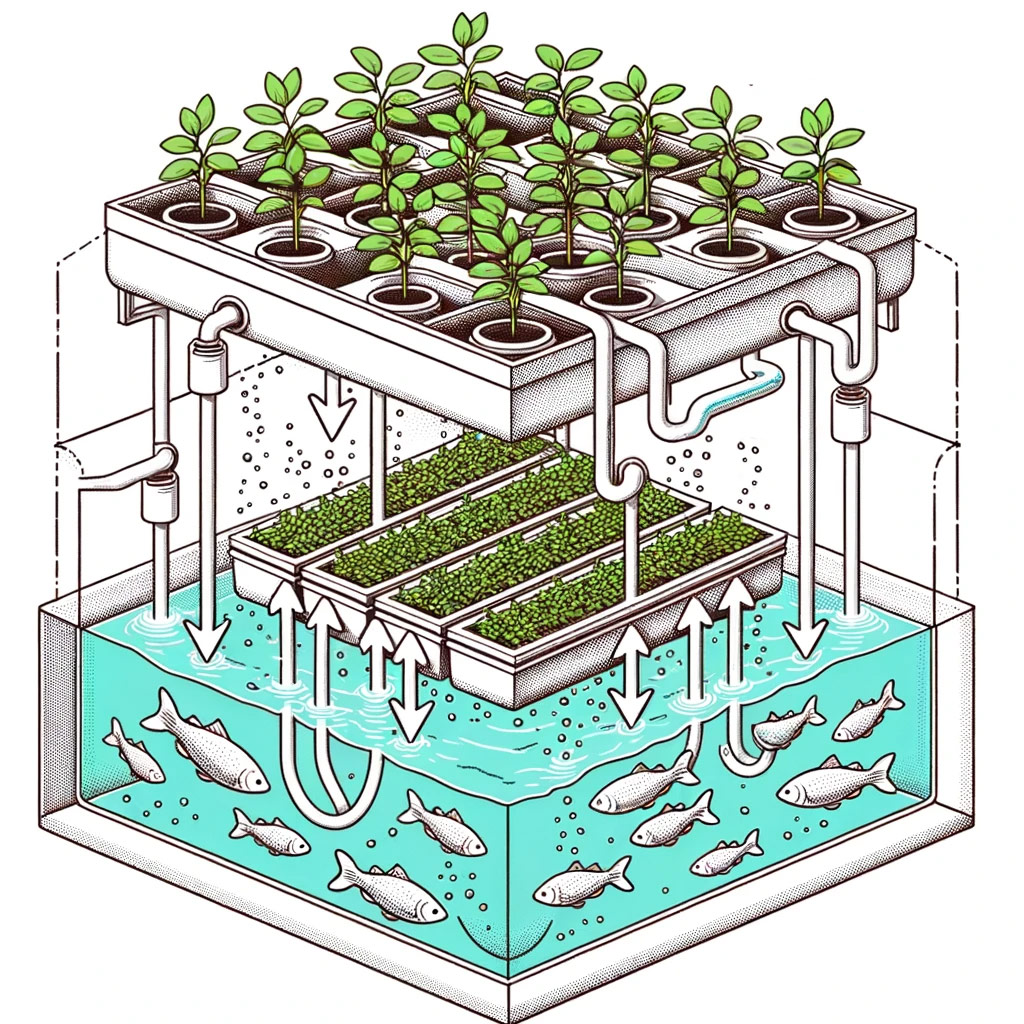







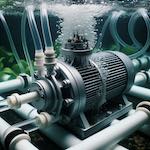
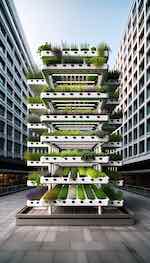
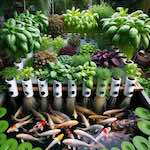
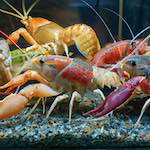
.jpeg)
